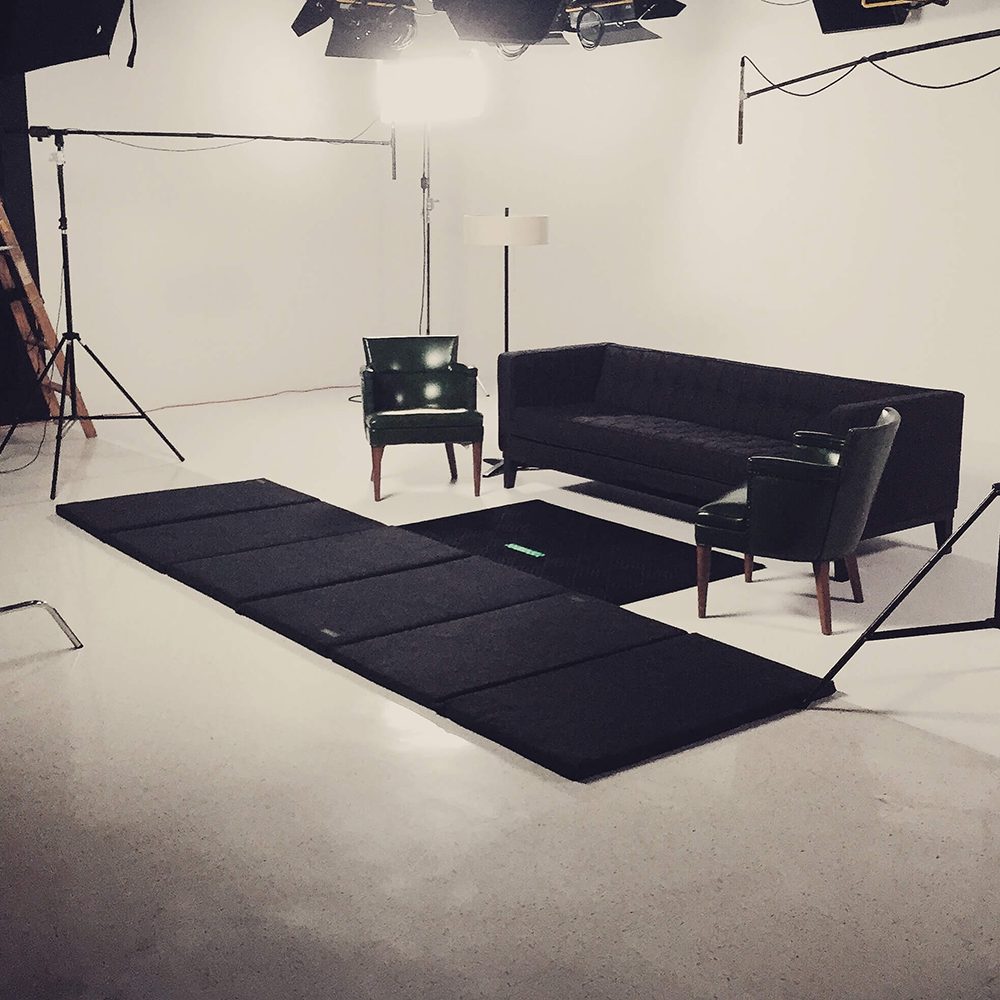What if I told you the three ingredients that could take your church videos from “zero to hero”? In this digital age, church communication will continue to incorporate more and more video to share the on-going story of what God is doing in and through your church.
Here is a list of 3 key ingredients that a part of any great video.
1. Clear Audio
Often audio is an afterthought in video production but that is just not the case for your viewer. Commercial TV and Hollywood movies have an intimate clarity that is synonymous with a high level of quality. I often see videos that have huge audible barriers that prohibit the message from even having a chance to be received. Compare these two videos and determine which one is the most effective in conveying the message using clear audio.
Try to avoid an acoustical nightmare. Sure, stained concrete looks cool but will it be an audible barrier for your viewer? You have been tasked with conveying an important message through video. It can be rich in aesthetics but still fall short in accomplishing the goal due to poor audio. Preferably a room with tall ceilings and a rug underneath is desirable. Pack a rug or two with your gear when walking into a new situation where you aren’t sure of the acoustics.
A well-placed boom microphone such as the Rode NTG1 will do wonders for giving you a clear three dimensional sound. For years I played around with clip on lav mics only to discover their limitations at reproducing a natural environmental sound. If you don’t have an XLR connection then there are lots of options for external recorders. I personally prefer Tascam recorders because of an extremely low noise floor. (Ain’t nobody got time for hissy audio!)
A little compression can go a long way towards making your audio sound polished. Compression is an audio tool that is common in most video editing programs. Used judiciously, it can really help punch up the audio and give it a perceived loudness that we equate with good quality. The way it works is that it controls frequencies that go past a desired threshold that you get to decide on. Once those are controlled then you can turn up the overall volume without having to worry about the loud passages peaking your audio meters. A good setting to start with would be a 2:1 ratio. Then lower your threshold slowly until you see 3 to 6 db of volume being reduced. Too much compression is like too much salt. A little goes a long way.
2. Soft Light
With the rise of DSLR video in church communication, soft light is extremely important to the storyteller. DSLR cameras have a plethora of contrast built into them and aren’t very forgiving if you miss the mark with your settings. Paying attention to harsh light in your environment can really payoff in the finished product.

Grab a couple of softbox lights to get you started. Lowell makes some great starter kits. Turn off all of the lights in the room and begin to shape your light using the softboxes. This will provide maximum control to shape the light in a way that pleases the eye. As your budget grows consider getting a total of 3 lights for a standard 3 point lighting configuration.
Window light can be your friend. Most rooms have a window so it is best to try to use that light to your advantage. If for some reason your church can’t afford lighting at this time then move your subject towards the window and pay close attention that the light coming in from outside covers half of the face in order to create a cinematic falloff of shadows on the opposing side of the face. In most circumstances it will serve you well to turn off all of the lights in your room. There are no hard and fast rules so use your eye to discriminate between what works well and what doesn’t.
3. Great storytelling
Every story has a strong beginning, end, and some climatic moment in the middle. Make sure your story includes the same. When you are on location make sure that you work with the person you are interviewing to bring out those moments. Listen intently and learn to ask questions that provide opportunities for these 3 components to occur organically.
Ask questions that address the past:
- “Why did you get started with this ministry?”
- “How did you come to make this decision?”
- “When did you start sensing the Lord’s calling in your life?”
Ask questions about the present:
- “How is God changing your heart now for the people of India”,
- “What are some recent things that your ministry has been doing,”
- “So, what are you learning so far about the conference you are attending?”
Finally ask some questions about the future:
- “What do you see your organization being involved with in the coming months?”
- “Would you come back next year to this event?”
- “Why do you think future college students would benefit from what this ministry is doing?”
Of course these are just generic questions so make sure the questions you ask are relevant. Don’t be afraid to ask the same question over to give the interviewee an opportunity to say it better. Make them feel comfortable and don’t forget to coach. Also, have a conversation about other things, joke with them, and this will go a long way to making them feel comfortable with you and the shooting experience.
Make sure to practice active listening so that you can draw the story out in the open during an interview. It is very difficult to do if you are fumbling around with equipment so you will find that the better you know your video gear the better at active listening you will become.









